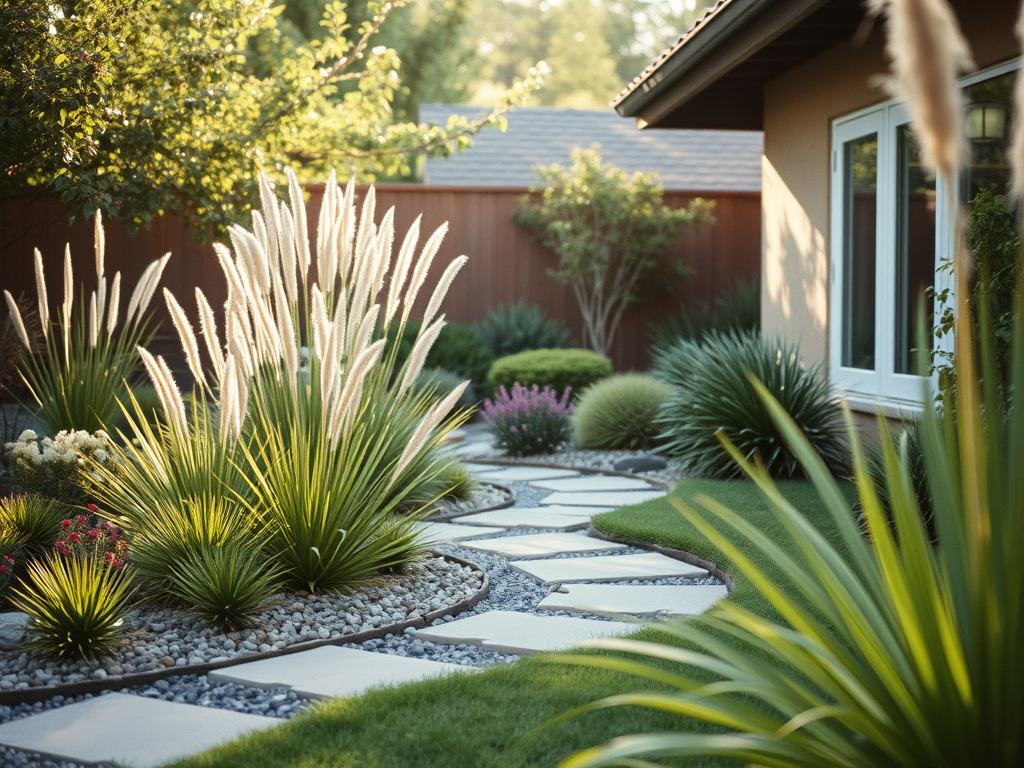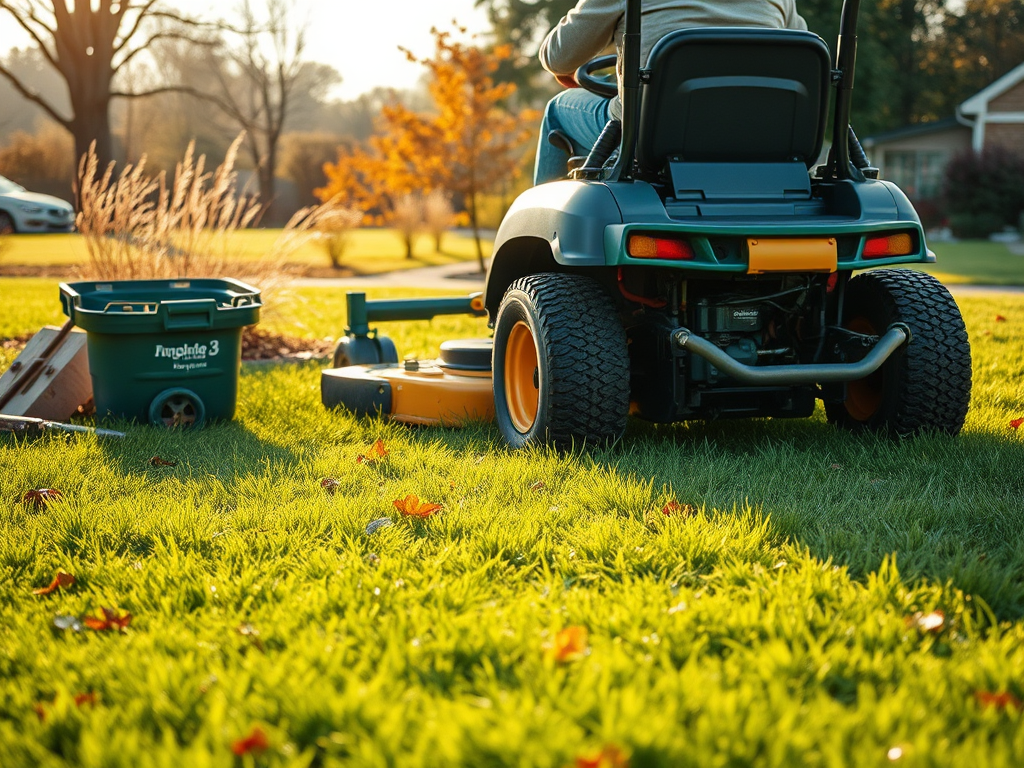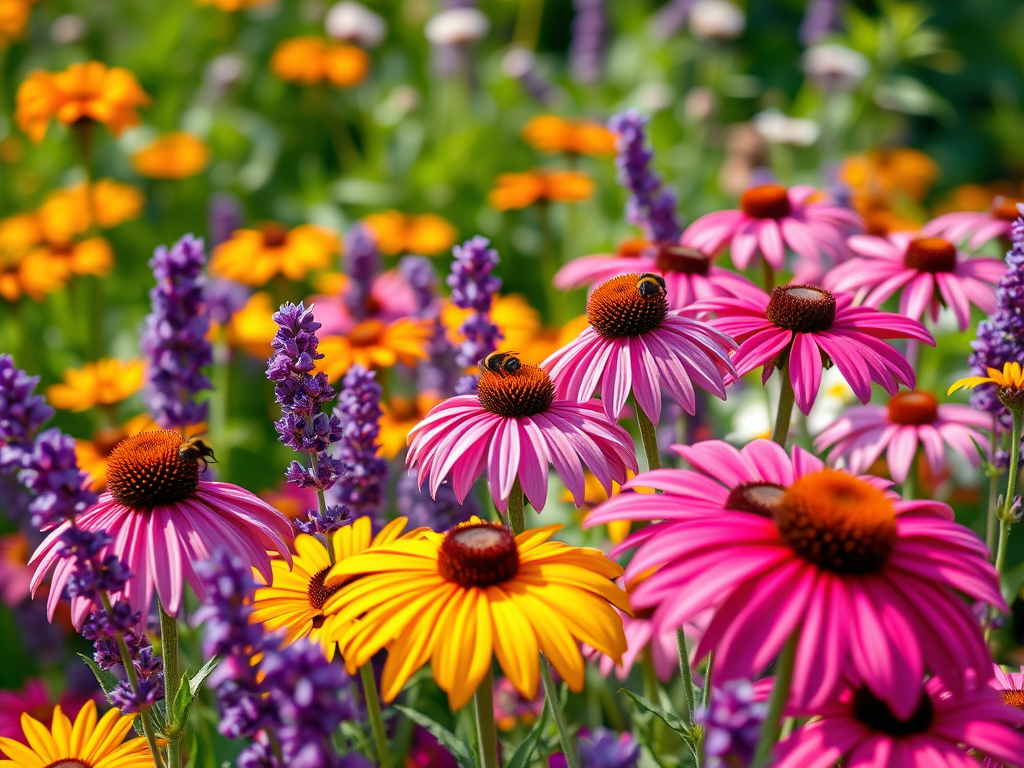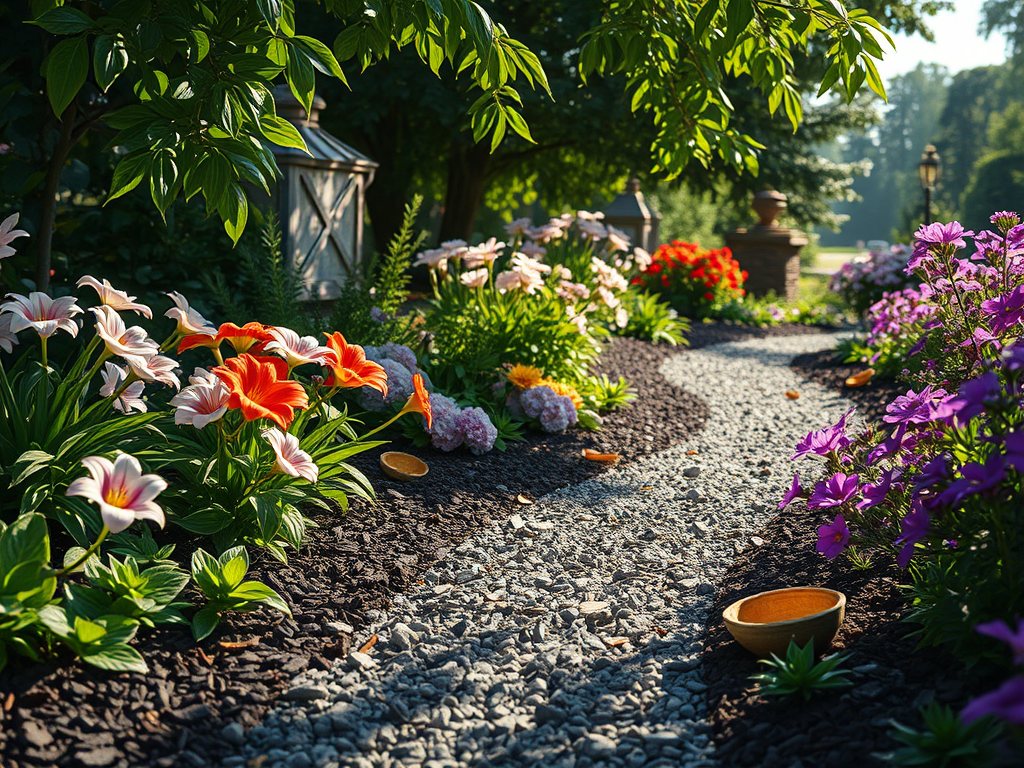The Okanagan dream is essentially this: create a life that enables as much free time to enjoy our incredible valley as you possibly can.
I’m sure it’s the same in many other places as well– I mean, who doesn’t want a beautiful yard that begs you to spend time in it, but doesn’t require hours of upkeep? Low-maintenance landscaping is a dream for homeowners who love the look of a well-manicured garden but don’t want to spend every weekend tending to it.
The key to unlocking a low-maintenance home landscape is in making smart choices about plant selection, materials, and layout. With a little planning, you can create a gorgeous, low-maintenance landscape that suits your style and leaves you with more free time to enjoy your outdoor space (as an aside, the same goes for your vegetable garden, too! But that’s a post for another time…).
Choosing the Right Plants
The foundation of low-maintenance landscaping lies in selecting the right plants. Native plants are generally a great place to start. These plants are naturally adapted to your region’s climate, meaning they require less water and fertilizer than non-native varieties.
Drought-tolerant plants, such as succulents or ornamental grasses, thrive in dry conditions and are perfect for xeriscaping (landscaping with minimal water). Additionally, perennials are fantastic because they come back year after year with minimal effort. Once established, these plants need very little care—just a bit of pruning or some splitting every now and then.
Hardscaping for Low Maintenance
Hardscaping is another crucial element in low-maintenance landscaping. Incorporating non-plant elements like patios, gravel paths, and decorative stonework can reduce the amount of area that needs constant upkeep. For instance, a gravel pathway or a flagstone patio requires very little maintenance beyond occasional weeding or sweeping. Mulching around trees and plants not only helps retain moisture in the soil, but also keeps weeds at bay, reducing the need for constant weeding. By minimizing the size of grass or lawn areas, which require regular mowing and huge amounts of water to keep green, you can save time, energy, and money while still having a gorgeous yard.
Simplifying Your Lawn Care
Let’s face it—lawns can be a lot of work. I have often told clients “it takes a lot of green to keep a lawn green”. Whether it’s time, fuel, upkeep of equipment, water, seed, aeration, dethatching, topdressing, or any of a variety of other measures that can go into maintaining a healthy lawn–it can’t be denied that grass is simply not low maintenance.
Fortunately, there are ways to reduce the maintenance required for a healthy lawn. Start by opting for a drought-resistant grass variety, like fescue or Bermuda, that requires less water and mowing (but make sure that the grass you install–whether seed or sod–is one that does well in your local climate!). Lawn alternatives, such as ground covers like clover or creeping thyme, are even better, as they need little watering and stay low to the ground. As an additional benefit, clover is naturally nitrogen-fixing, meaning it adds nitrogen to the soil, and therefore doesn’t require the typical nitrogen-heavy fertilizers that can add to the cost and hassle of a traditional lawn.
Consider a “natural” lawn that’s slightly more untamed, with wildflowers, clover, and grasses that don’t need weekly mowing. You’ll be helping the environment too by providing habitat for pollinators.
You might also consider replacing portions (or all!) of your lawn with other landscape elements, such as the aforementioned hardscapes, mulched flower beds, a “dry creek” feature, or other creative space-filling solutions which can not only simplify your maintenance, but can add to and increase the aesthetic value and enjoyment of your yard.
Automation Tools
One of the best ways to maintain a low-maintenance landscape is to automate certain tasks. Autonatic sprinkler (irrigation) systems are probably the most common automation for home landscapes. You can take this automation further by installing things like rain sensors, which adjust to weather conditions to ensure your plants get just the right amount of water without over-watering.
A drip irrigation system is another efficient solution that delivers water directly to the roots of your plants, minimizing evaporation and runoff.
For those who really want to save time, robotic lawnmowers can take care of mowing for you—just set them to work, and they’ll keep your lawn tidy. While the cost can be fairly significant up front, many people find that the time and fuel savings are well worth the initial hassle and cost.
Conclusion
Achieving a low-maintenance landscape is all about making smart choices that reduce your workload over time. From selecting hardy, drought-tolerant plants to incorporating low-maintenance hardscaping elements, there are plenty of ways to create a stunning garden that doesn’t require constant effort from you. With the right planning, smart choices, and even a little bit of automation, you can enjoy the beauty of your outdoor space, while spending less time maintaining it.




